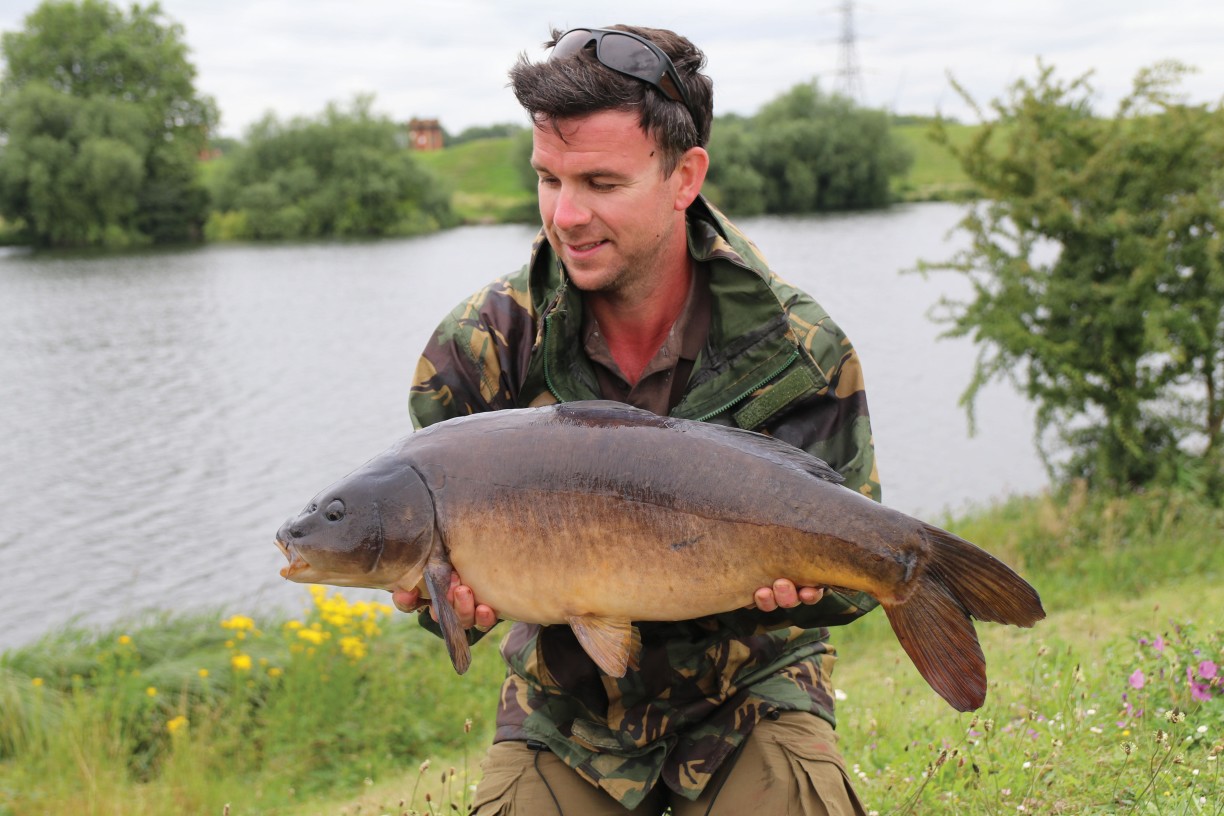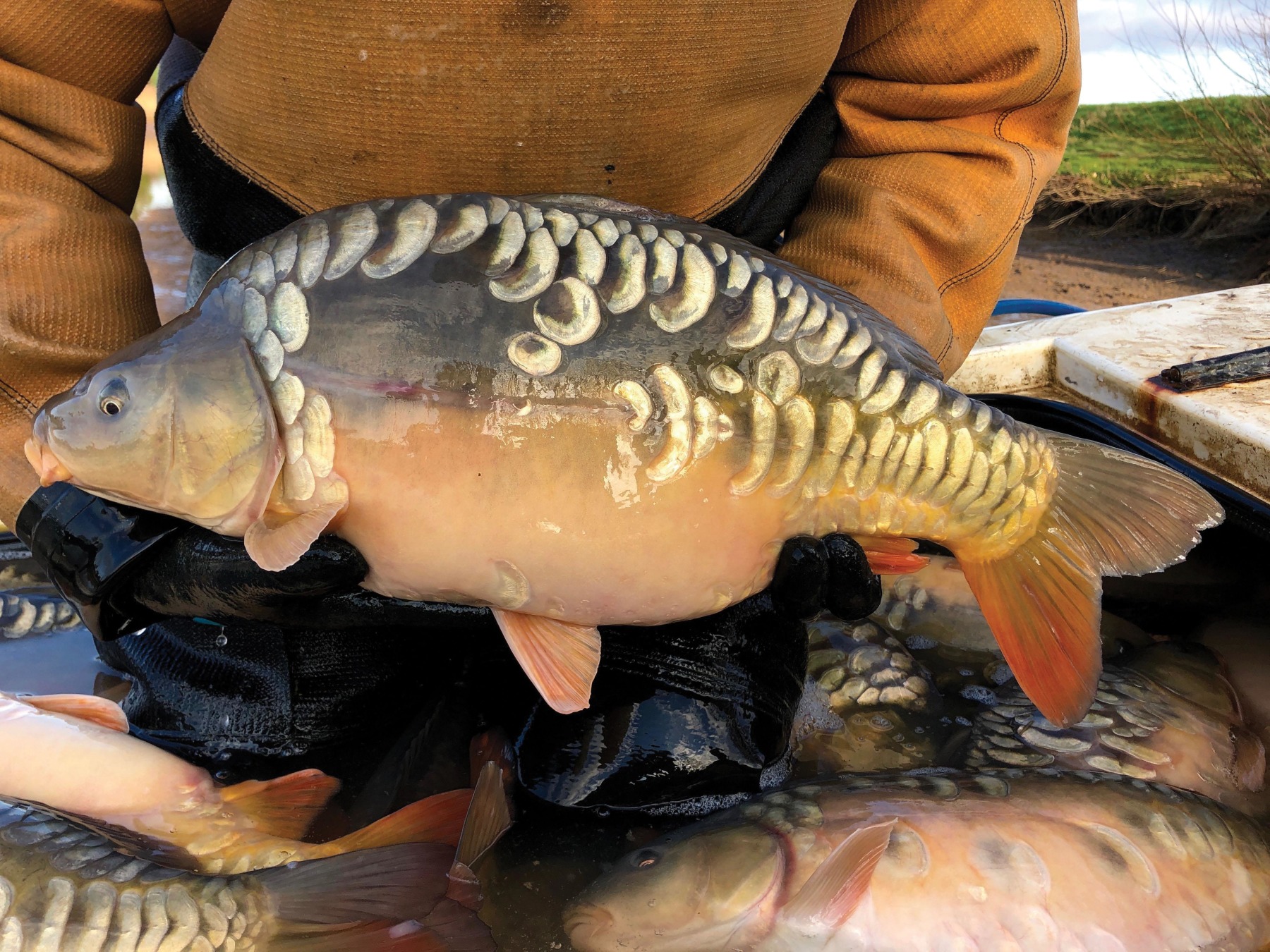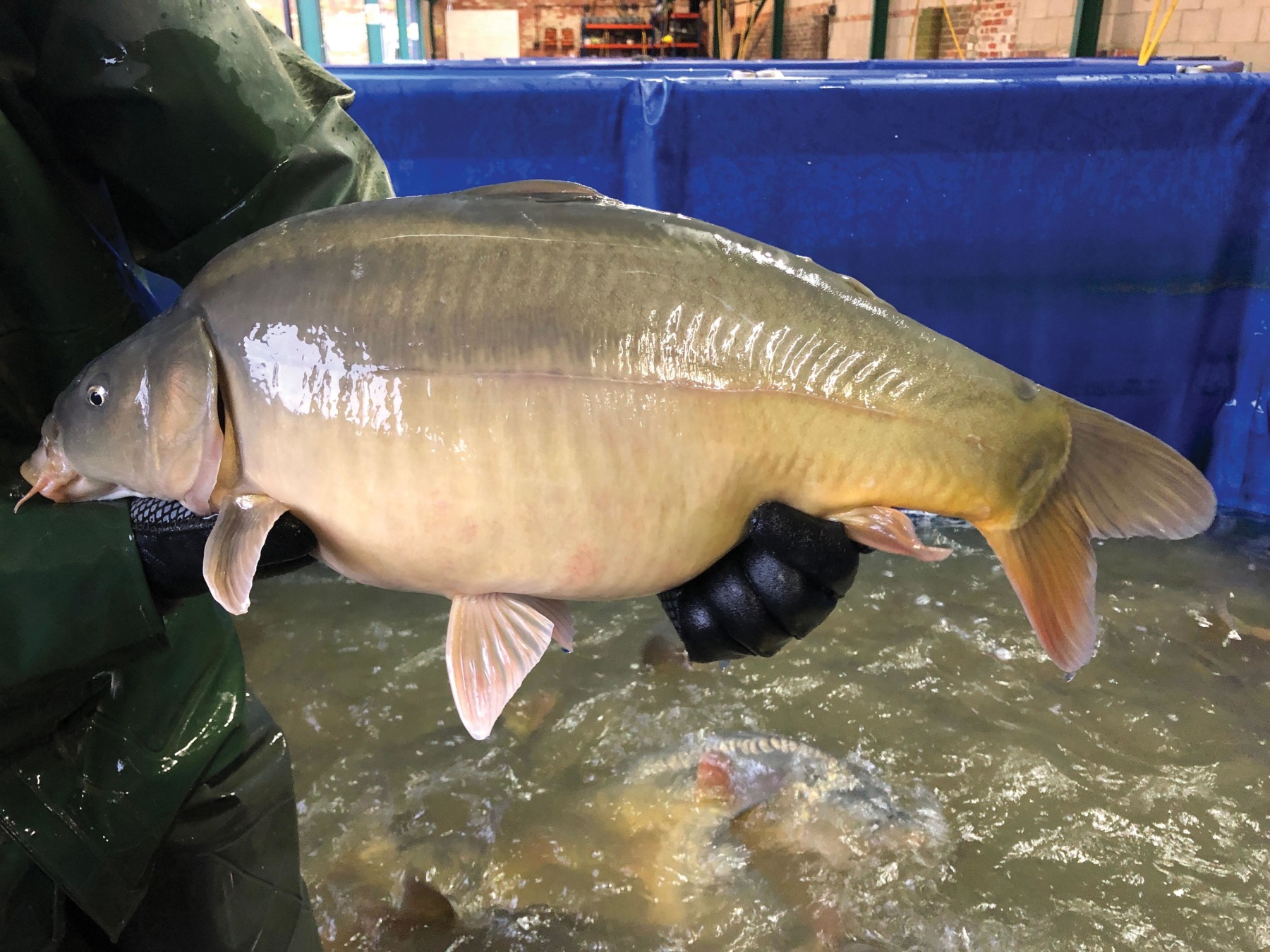Leather Carp: Why Aren't There More Around?
Question: so why aren't there more leather carp swimming around in our lakes and waterways?

Simon Scott: Leather - or ‘naked’ carp, as they’re sometimes referred to in fish farming circles - are curious characters. In the world of carp fishing however, they’re often sought-after fish because of their individuality and occasional reduced fin and tail sizes.
Put very simply, the scale pattern of carp is determined by two genes: S and N. The S gene controls the scaliness of the fish and the N gene modifies their pattern. Naturally occurring mutations alter these genes and this can have an impact on the appearance of the fry that result from spawnings. Originally, all carp would have been commons. As carp became domesticated however, and fish farmers produced them in ever-increasing numbers for food, it was noted that occasional large, random-scaled variants occurred, and these were referred to as mirror carp - it’s of interest to note that it’s possible to see mirror scaling in other species like rudd or roach. It was also discovered that if two of these mirror-scaled carp were bred together, their offspring would all be mirrors. This made producing lots of mirror carp relatively easy and because these fish were only partially scaled, preparing them for the table was more straightforward.


Another occasional variant that occurred, were fish with a much-reduced number of scales, or no scales at all, and these were referred to as leather carp. Whilst the leather carp offered an obvious advantage to the cook as he or she prepared them for the table, their production wasn’t easy. Firstly, they didn’t breed true, and when two leathers were bred together, all of the offspring perished as they hatched. Additionally, leather carp demonstrated a number of negative attributes which made farming them difficult. These included a reduced and weakened resistance to disease, slow growth and a poor survival rate. The production of large numbers of leather carp then, remains an unviable proposition.
At VS Fisheries, we do produce some leather carp each year, because we’re aware that they’re popular with anglers and fishery owners alike, but just a small number and as most of our customers look for a variety of scale patterns.
I must add at this stage, that a common mistake that some carp anglers make, is stating that a leather carp cannot have any scales. This is certainly not the case, and nearly all leathers will have a few scales, usually one or two on the dorsal line and a couple more at the root of the tail. In my experience, completely nude leather carp are a rarity.



